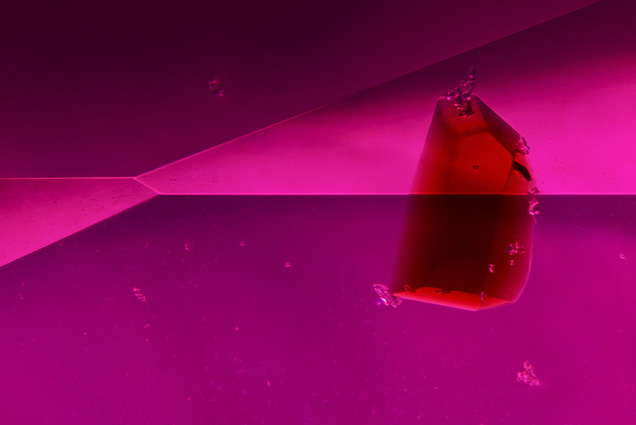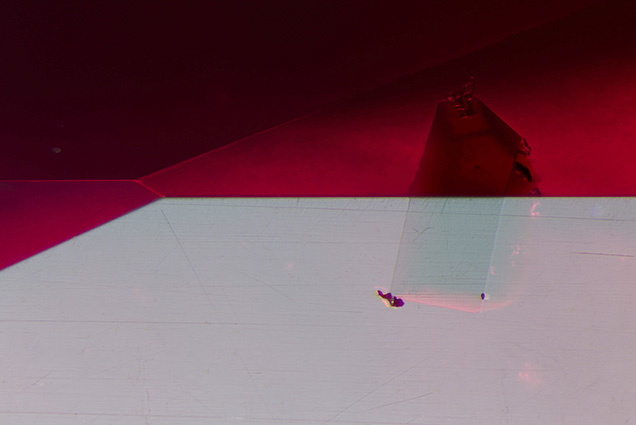Staurolite in Ruby

We have examined thousands of rubies in Lotus Gemology’s laboratory, yet the hours spent peering into the microscope are never mundane because each stone captures its own piece of history through its inclusions. Recently a client submitted one such gem for testing, a 3.04 ct specimen measuring 11.98 × 7.13 × 4.21 mm that was identified as an untreated ruby from Madagascar based on inclusions.
In the microscope, a few bright brownish red crystal inclusions immediately stood out. They were transparent, with a saturated red hue that, in darkfield illumination, was conspicuous even against their ruby-red background (figure 1). Some were also cut through on the surface, allowing us to view them with reflected light. Observation of the surface showed that the crystals had a luster just slightly lower than that of the surrounding corundum, suggesting a slightly lower RI (figure 2).

To get a better idea of the crystals’ identity, we examined them using micro-Raman spectroscopy with a WITec Alpha 300R Raman imaging system with a 532 nm laser, which identified them as staurolite. Staurolite, Fe2Al9Si4O22(OH)2, is a red to brown mineral known to occur in Madagascar. Its RI values are nα = 1.736–1.747, nβ= 1.740–1.754, and nγ = 1.745–1.762. Corundum has a slightly higher RI range, with nω = 1.767–1.722 and nε = 1.759–1.763. The combination of microscopic observation and Raman spectroscopy gave us confidence that these were indeed staurolite crystals.
It is no wonder these crystals initially stood out. To the best of our knowledge, this is the first recorded observation of staurolite as an inclusion in corundum. This Madagascar ruby has encapsulated a fascinating kernel of history within its depths.



